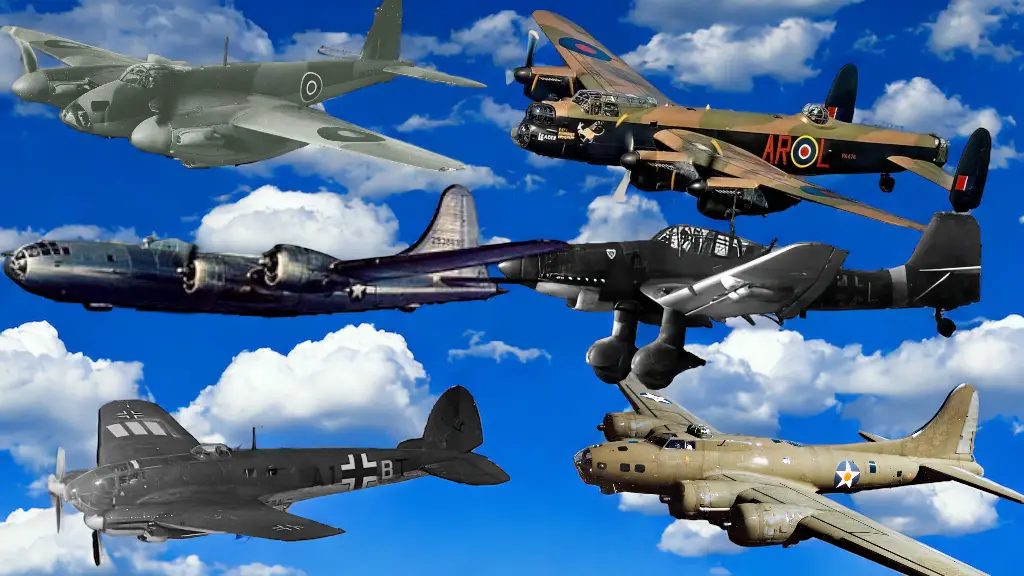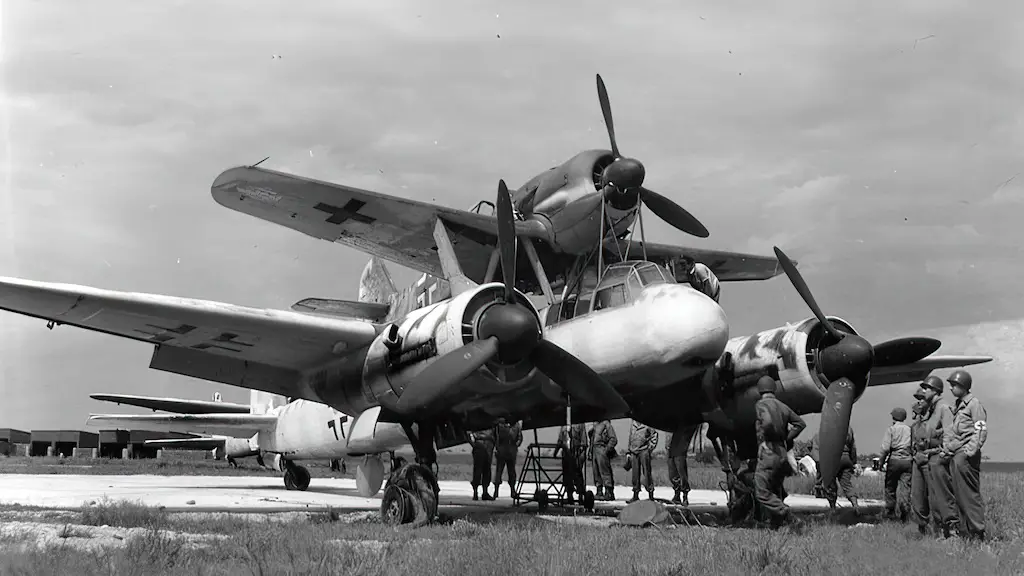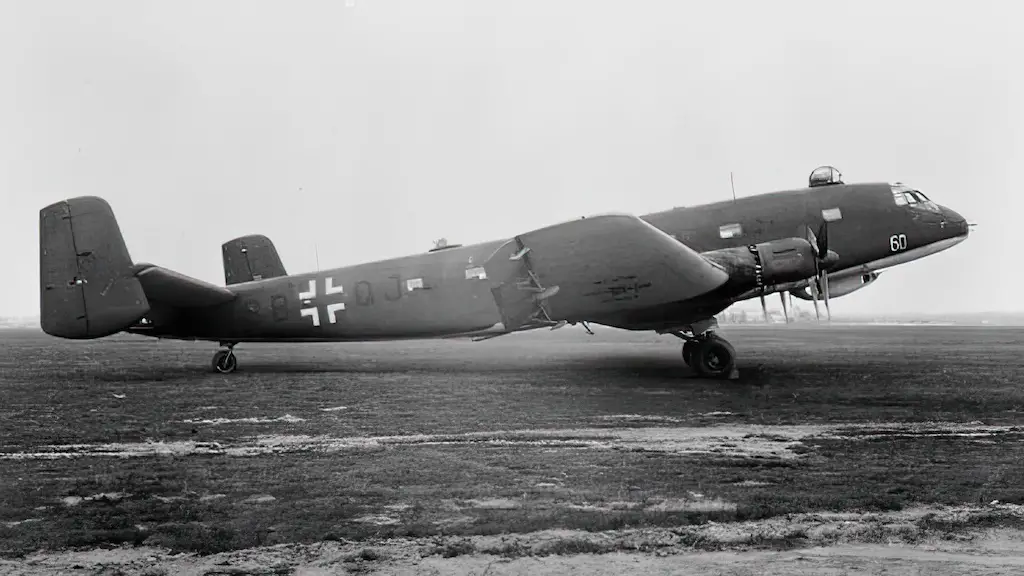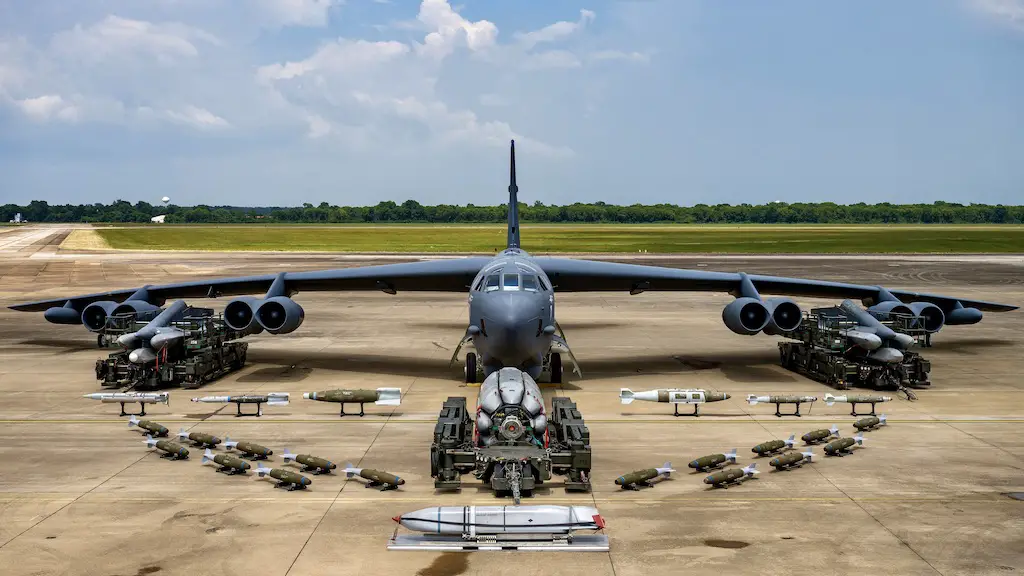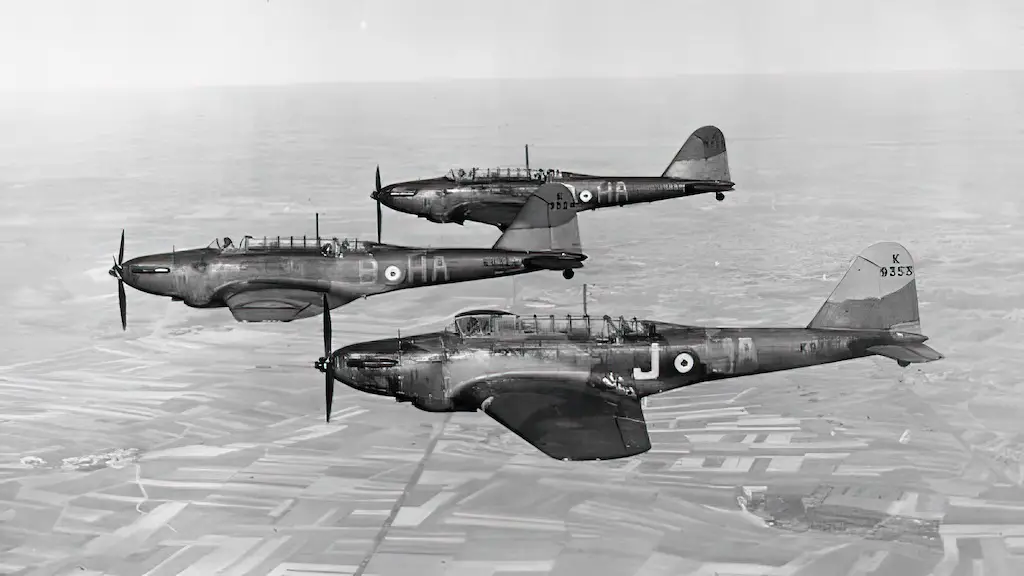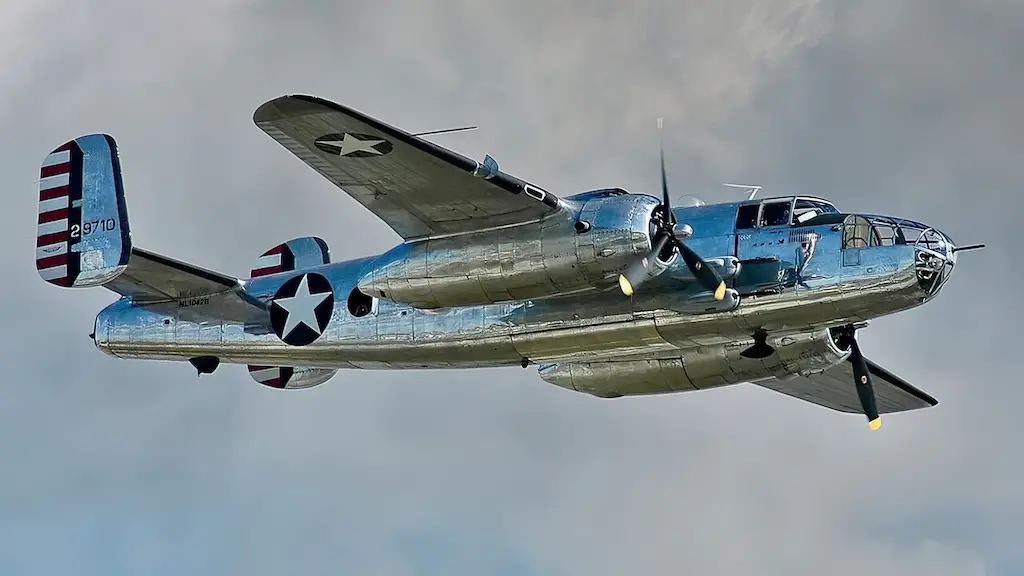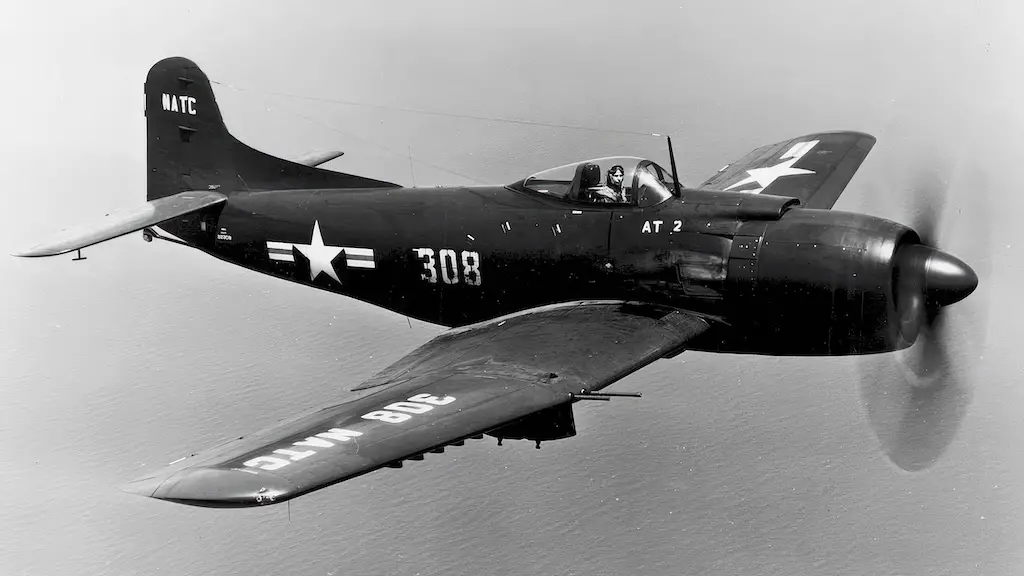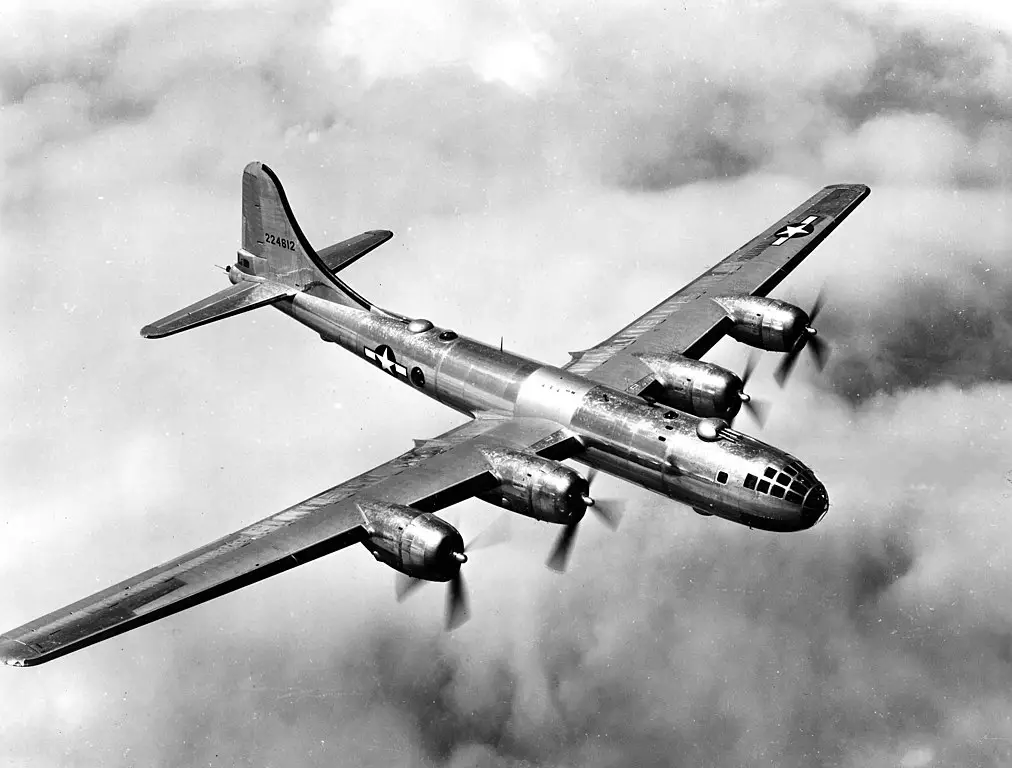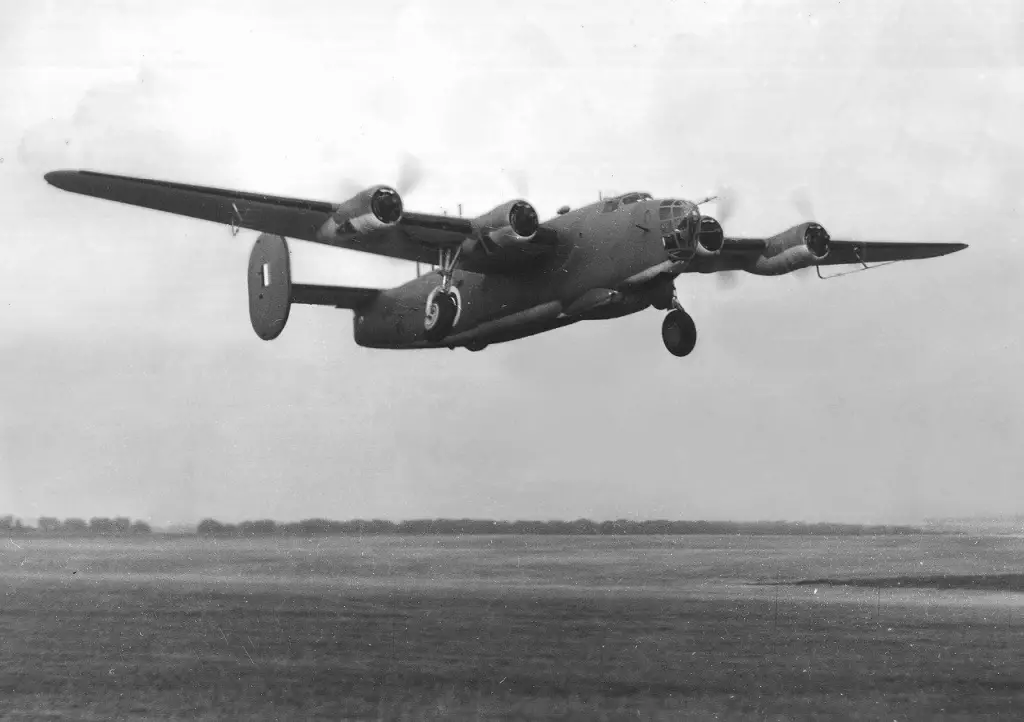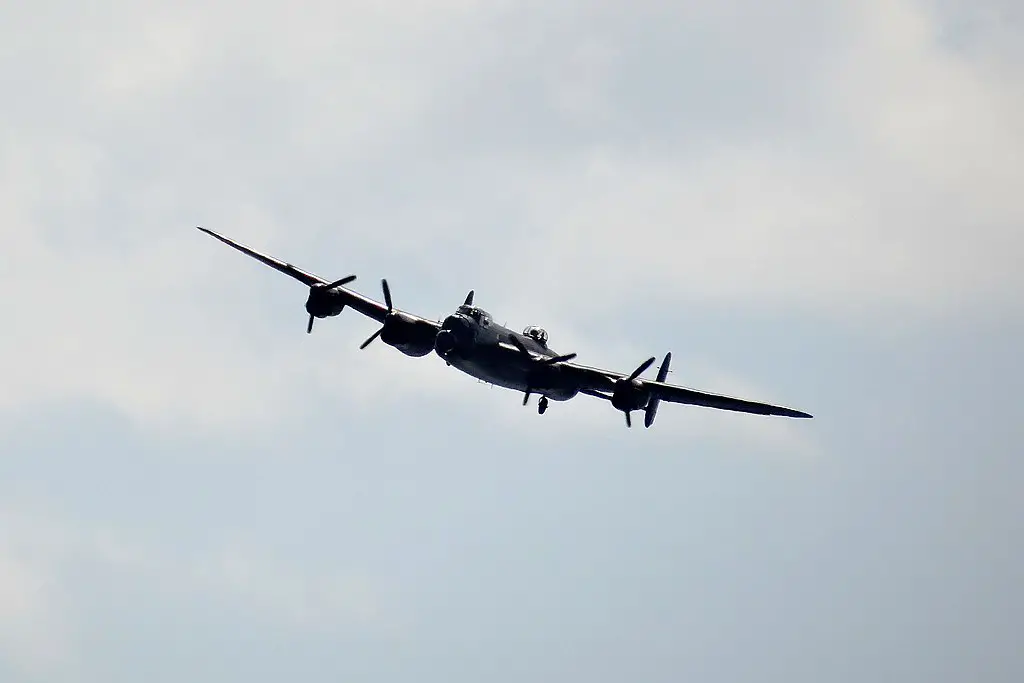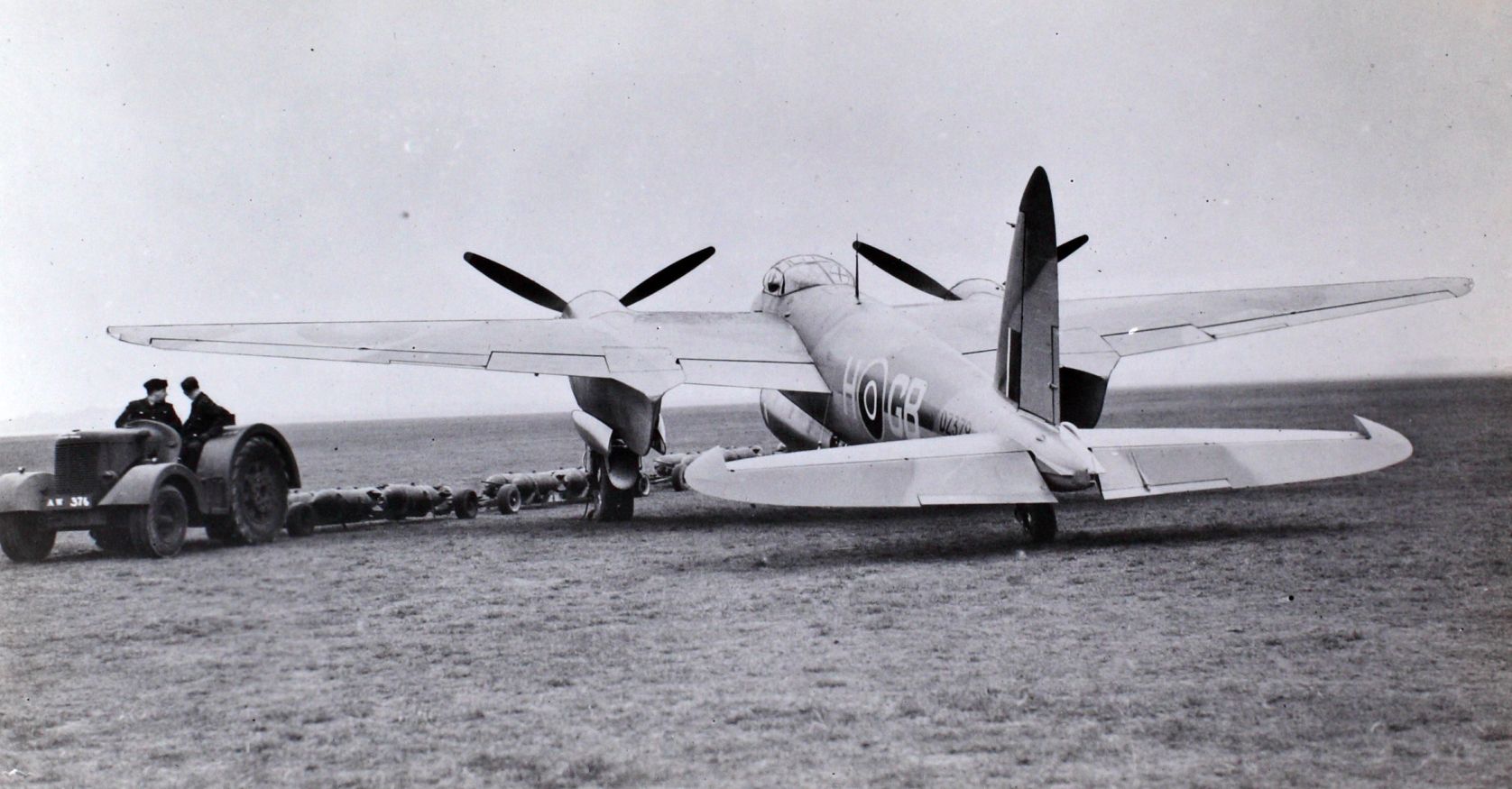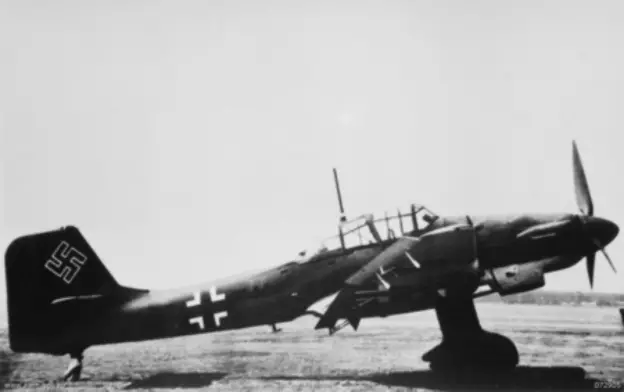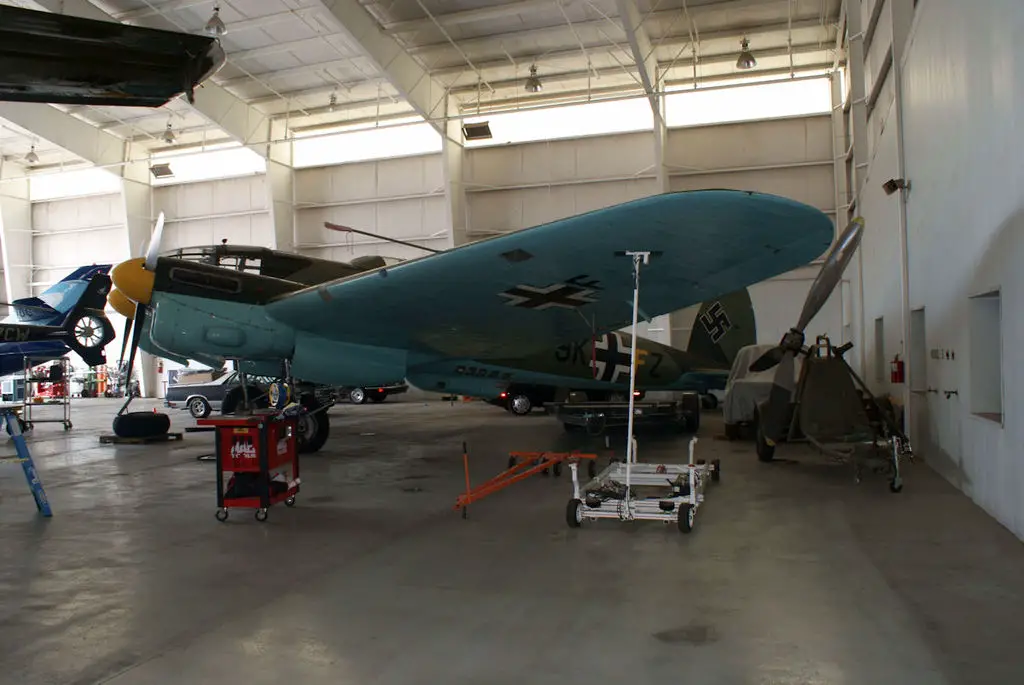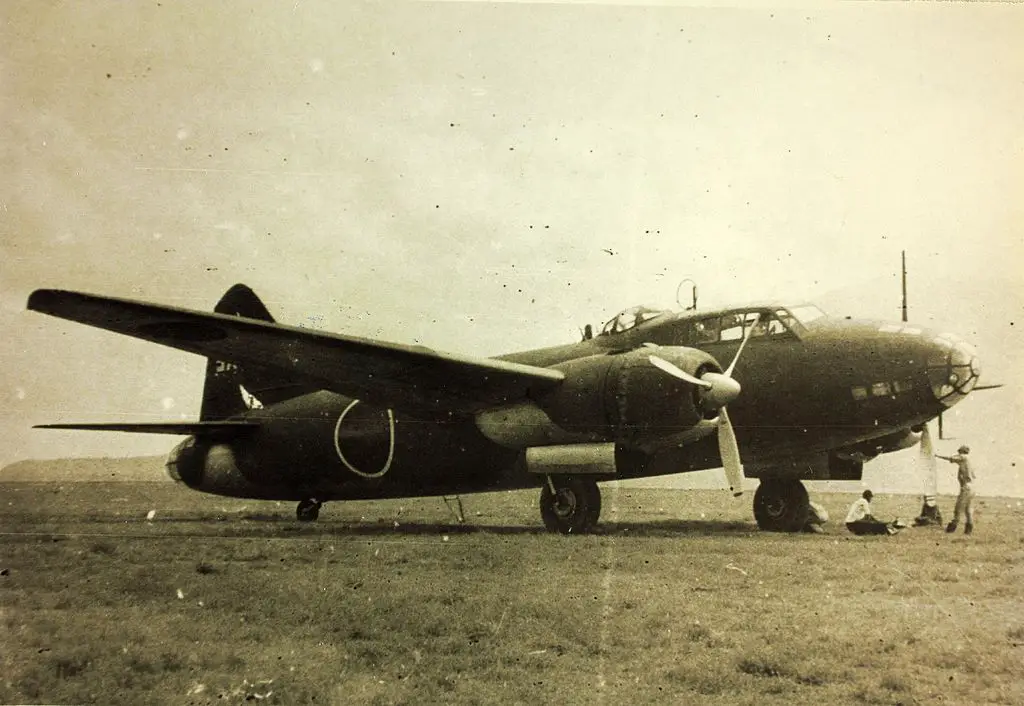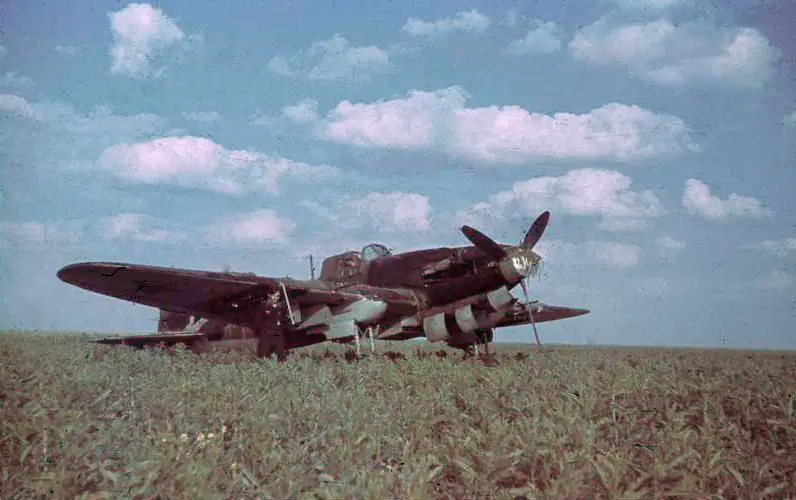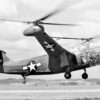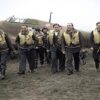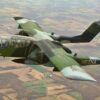World War II skies saw an array of bombers, each with its unique features and strengths. This article delves into the most notable bombers from various countries, culminating in the revelation of the most effective bomber of the era.
America’s Boeing B-17: The Flying Fortress
The Boeing B-17 Flying Fortress stands out among American bombers for its resilience and firepower. Capable of carrying significant payloads and armed with multiple machine guns, it played a vital role in daytime strategic bombing over Europe. Over 12,700 were produced, with the Memphis Belle being its most famous unit. The B-17’s contribution to damaging German industrial and military targets was immense.
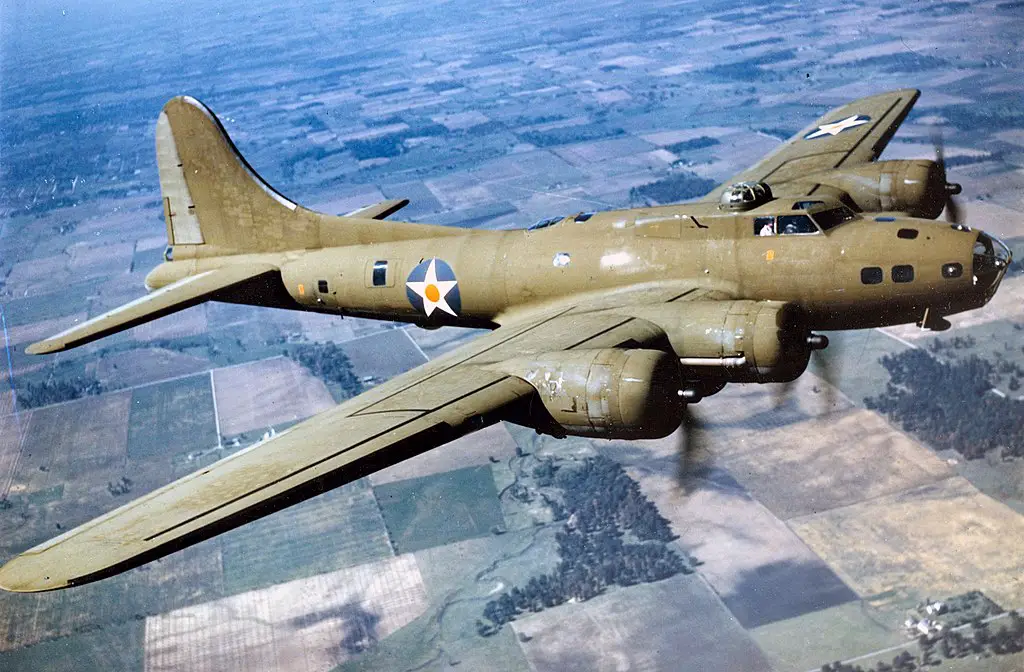
The B-29 Superfortress: America’s High-Altitude Behemoth
The B-29 Superfortress was a technological marvel, designed for high-altitude and low-altitude bombing. Its impressive range allowed for operations over Japan, highlighted by the Enola Gay’s historic atomic bombing of Hiroshima. Despite its high production cost, nearly 4,000 units were built, demonstrating its strategic importance.
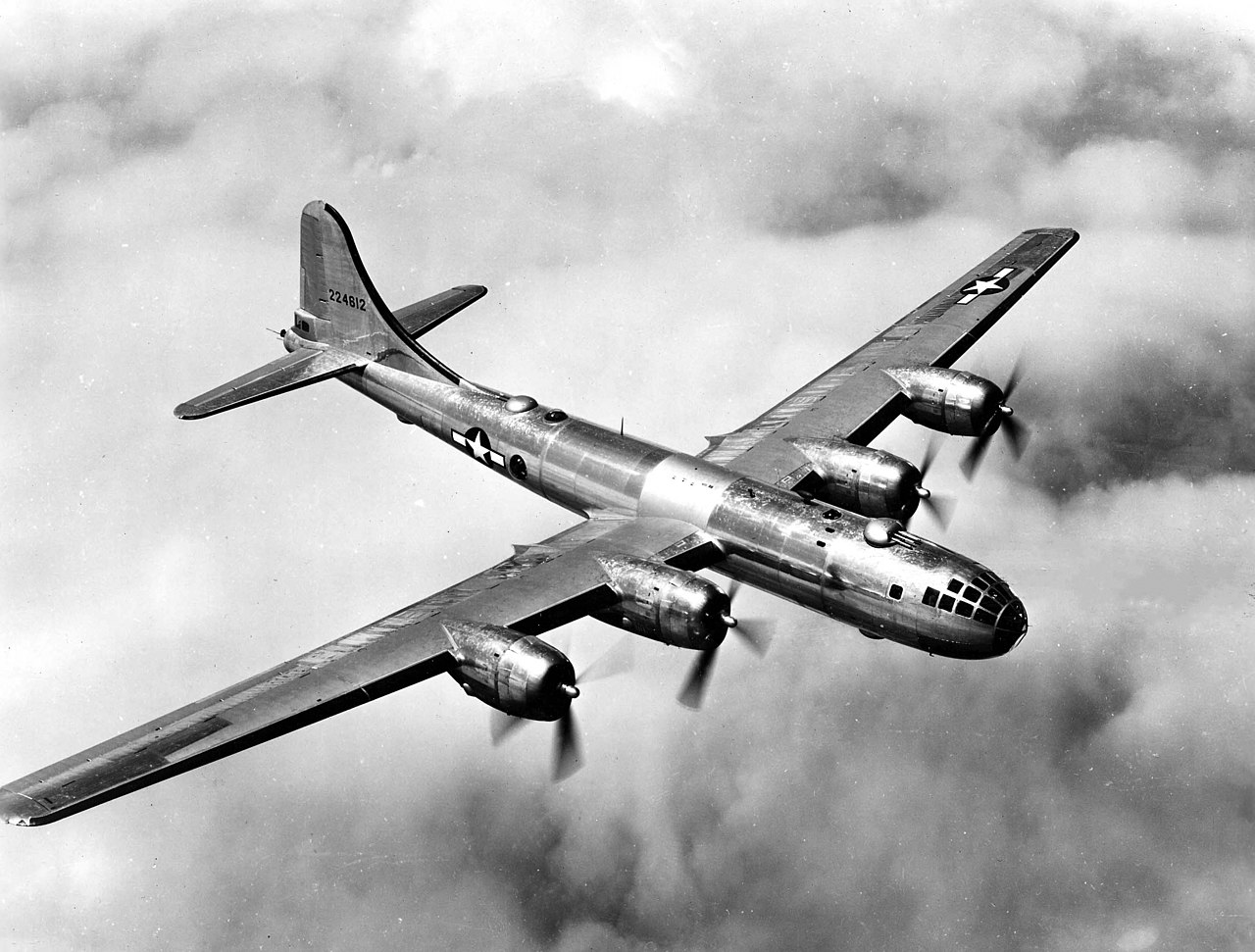
The Versatile B-24 Liberator
The Consolidated Aircraft B-24 Liberator complemented the B-17 in the USAAF’s European offensive. It had a superior range, making it ideal for Pacific operations and anti-submarine warfare in the Atlantic. Its production exceeded 18,000 units, underlining its crucial role in the war effort.
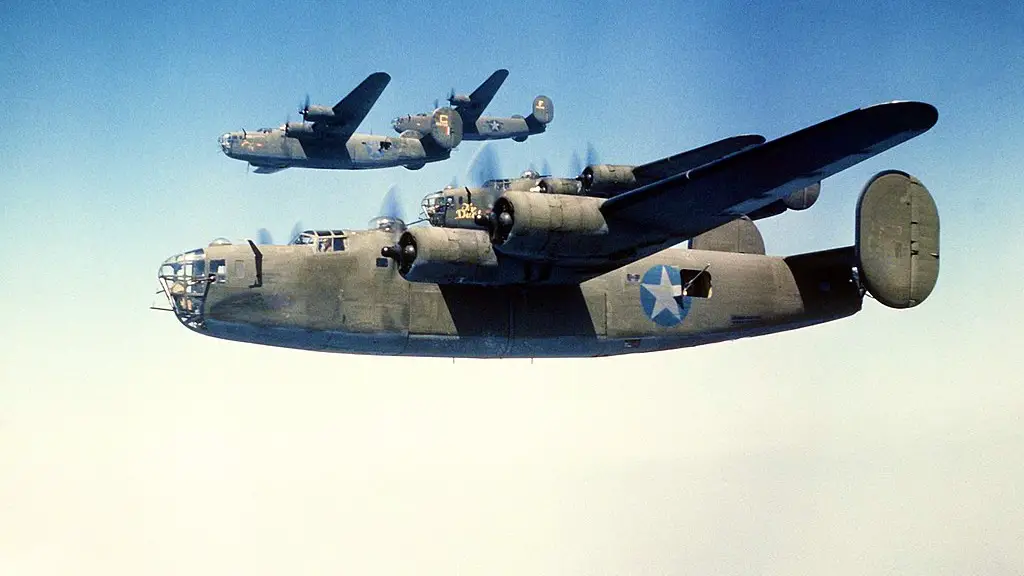
Britain’s Avro Lancaster: The Nocturnal Predator
The Avro Lancaster was Britain’s primary heavy bomber, notorious for its night raids on German cities. Its ability to carry large payloads, including the 10,000-kilo Grand Slam bomb, made it a formidable force. The Lancaster’s defensive capabilities, with multiple machine guns and armor plating, contributed to its effectiveness. A total of 7,377 Lancasters were produced, marking its significance in the RAF.
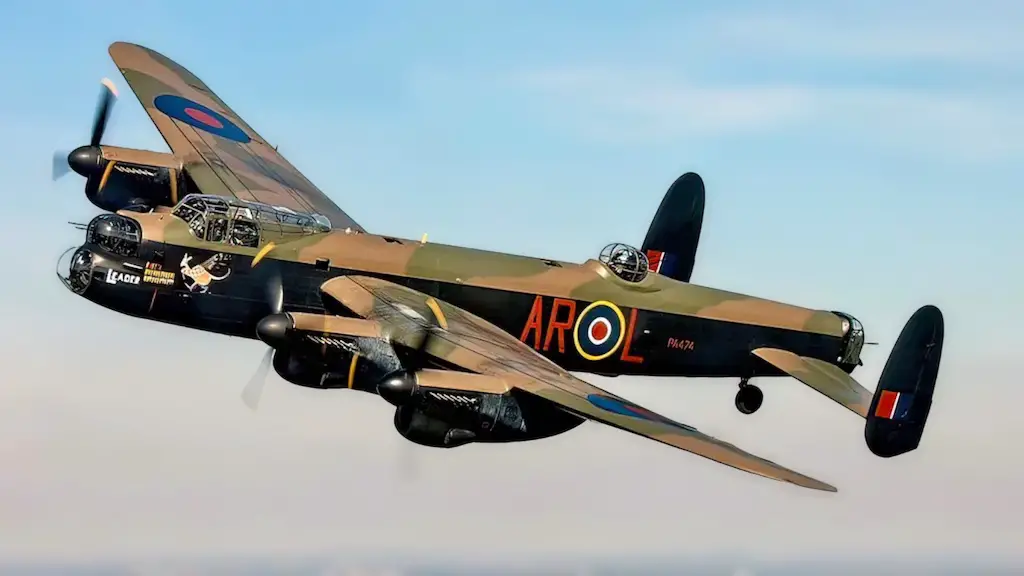
The Multi-Role de Havilland Mosquito
The British de Havilland DH 98 Mosquito, initially an unarmed fast bomber, was versatile across various combat roles. Certain variants could carry large blockbuster bombs, while its speed and maneuverability compensated for the lack of defensive armaments in some models.
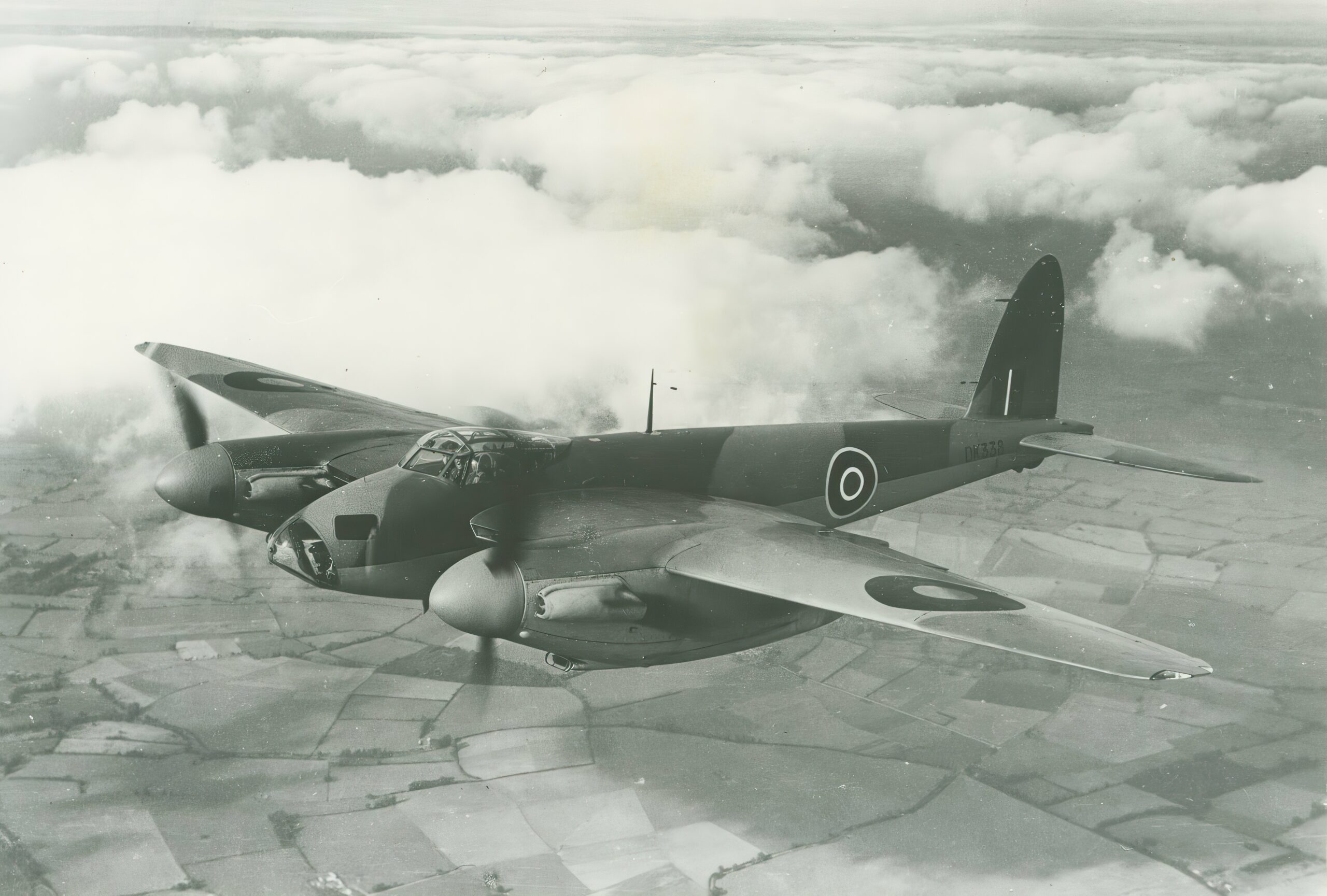
Germany’s Stuka: The Blitzkrieg Powerhouse
The Junkers Ju 87 Stuka, a German dive bomber, was a symbol of early blitzkrieg tactics. Its gull wings and fixed undercarriage made it instantly recognizable. The Stuka excelled in accuracy due to its low-altitude bombing capabilities. However, its vulnerability to fighter aircraft became apparent, leading to its withdrawal from Britain. It found new life in North Africa and the Mediterranean, taking on roles in ground support, anti-tank, and anti-shipping operations. Approximately 6,000 Stukas were manufactured, highlighting its extensive use.
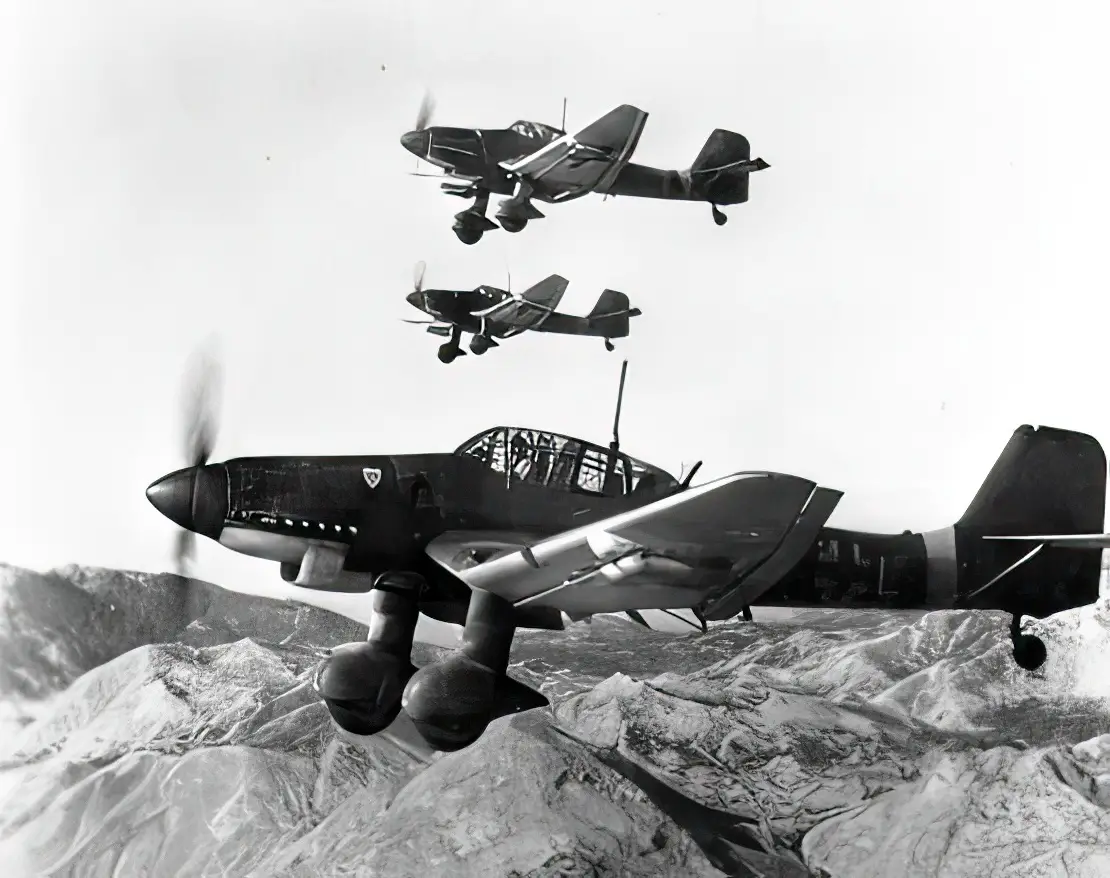
The Most Effective Bomber: The Stuka’s Legacy
Determining the “best” bomber is a complex task, given the varied roles and theaters of operation. However, the Junkers Ju 87 Stuka emerges as a notable contender for its reliability, precision, and impact on early blitzkrieg victories. Its role in German propaganda and the psychological impact it had on the Allies further underscore its significance. The Stuka’s robust design and adaptability across multiple fronts make it a worthy candidate for the title of the most effective bomber of World War II.
The Heinkel He 111: Backbone of the Luftwaffe
Germany’s Heinkel He 111 was another significant player, notable for its glass nose and sleek design. It was the mainstay of the Luftwaffe bomber force in the Battle of Britain, despite its initial weaknesses in defensive armament. Later models saw enhancements in armaments, making it a versatile craft capable of delivering diverse payloads. More than 6,500 He 111s were produced, reflecting its widespread deployment across various war theaters.
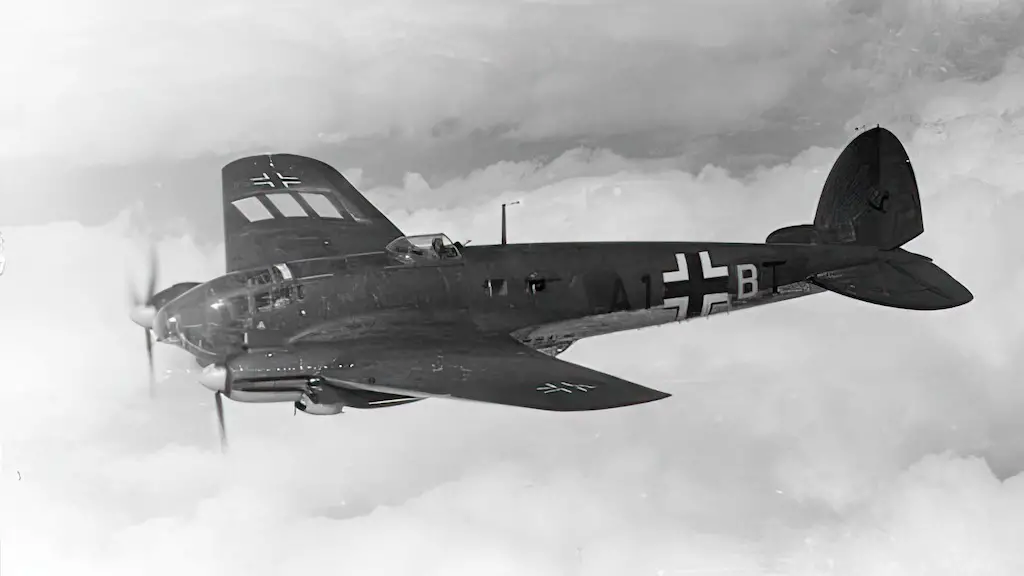
Japan’s Formidable G4M: A Menace in the Pacific
The Mitsubishi G4M, Japan’s primary land-based bomber, played a pivotal role in the early Pacific War. Its structural lightness afforded it an impressive range, though this came at the cost of minimal armor, making it vulnerable to enemy fire. The G4M-2 and G4M-3 variants saw improvements in this regard, with the G4M-2 being particularly versatile, capable of carrying a variety of bombs and torpedoes. Notably, some G4Ms were even modified to transport kamikaze crafts. Over 2,400 units were produced, underscoring its significance in Japan’s war efforts.
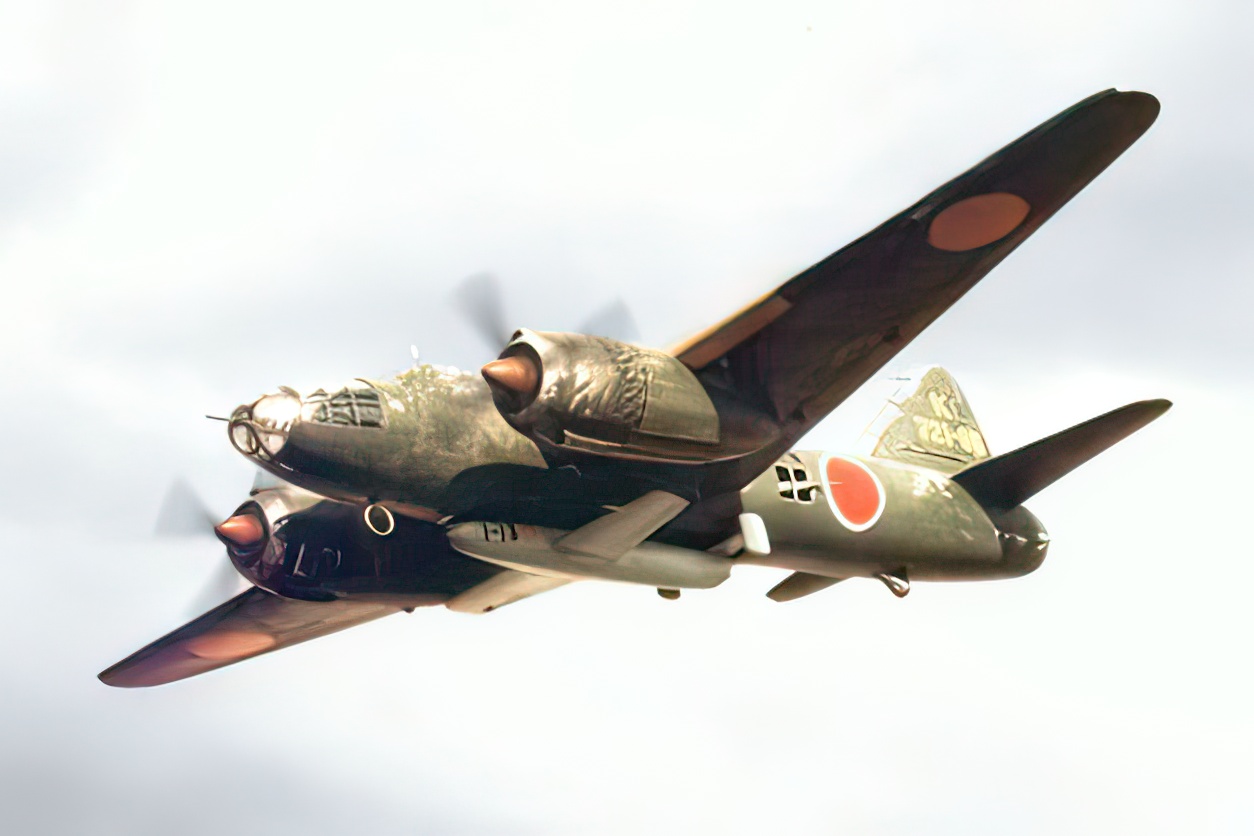
Soviet Union’s Il-2 Sturmovik: The Eastern Front Workhorse
The Ilyushin Il-2 Sturmovik was a cornerstone of the Soviet air strategy on the Eastern Front, offering crucial support to the Red Army. It was heavily armored against ground fire, albeit slow, necessitating fighter escorts. Armed with cannons, machine guns, and rockets, it was a formidable ground-attack aircraft. Stalin’s prioritization of its production led to an astounding 36,183 units being made, making it one of the most produced military aircraft in history.

